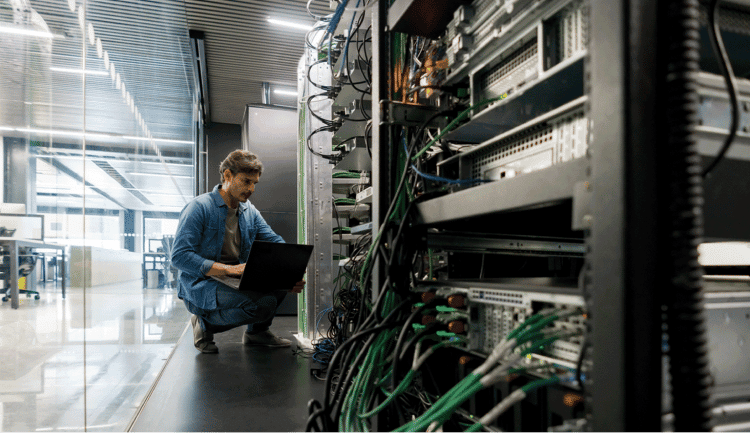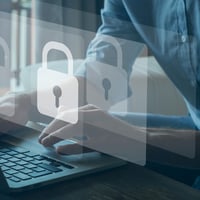Taking a new approach to anything is never easy. For so long, security decisions were made by security leaders; but as the lines blur between IT and physical security, and as more security devices need to find a home on the network, it’s crucial for all stakeholders to work alongside both departments.
This means you have to speak IT. Which for some security leaders can seem like a significant learning curve. But think about this, the same challenges you face are the same challenges they face: siloed systems, information management, and risk identification and mitigation. As both departments merge, there is more information than ever to learn how to speak each other’s language (you too, IT.) Here are the ways we encourage both parties to get on the same page.
Streamlined processes
One thing that leaders need is the ability to streamline operations, whether it is focused on network management and oversight, or intelligence gathering and informed response. Both IT and security leaders need tools and solutions that make things like adding cameras and other IoT devices to the network easier. At the same time, security directors need to ensure their devices are compliant with the IT regulations your IT department values.
Budgets and Value
IT departments may have bigger budgets to spend. But when talking cross-departmentally, being able to highlight ROI and total cost of ownership is critical to your success and gaining an edge on a larger piece of the budget in the future. For example, in a GSOC environment, the ability to highlight advantages of an outsourced operations center as it relates to lower labor costs and added oversight can help drive home ROI.
Feature Focus
When you’re considering a new technology, you’re all about the features they provide, right? Same goes for IT leaders tasked with evaluating managed services options. Typically, they’re drawn to low-maintenance, high-speed, low-drag, or latency products that easily integrate with other systems. Providing options on how security can jump on the managed services bandwagon can be a benefit to your business, delivering continuous upgrades on technologies and features and saving time from constantly changing or evaluating technology. You’ll be able to consistently access the most innovative features because of the shared service model.
Cybersecure
It goes without saying that one of the main goals of any department is keeping the network safe and secure from threats. That means IT and physical security need to work together to provide recommendations on products that provide secure data transmission, regular threat vulnerability assessments, system monitoring and a proactive approach to potential threats.
Go Team
At the end of the day, the goal is the same: keep the organization safe. Whether you’re an IT leader or physical security leader, the two departments share a common vision and aim to minimize risk. It’s not about selling a product; it’s about establishing a partnership and offering a service rooted in a shared end goal.








